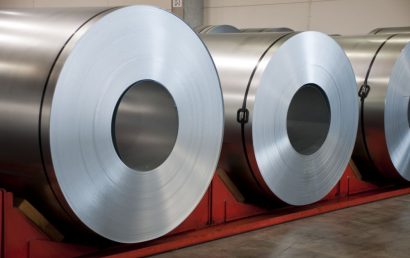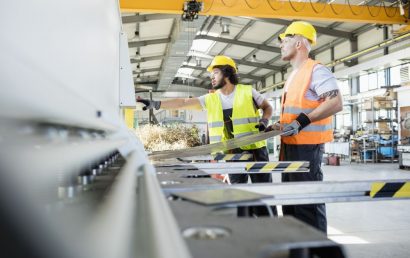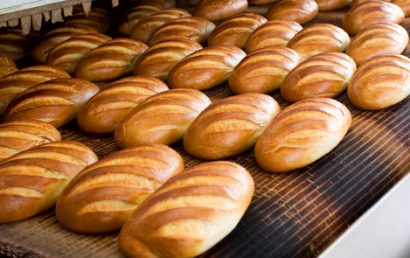How Are Ceramic Coatings Applied On Substrates?
In the thermal spray/protective coating industry, ceramic coatings are applied on substrates for use in numerous industries. These ceramic coatings serve to protect equipment and guard against any number of attacks (i.e., corrosion, erosion, usage wear, and more). Before we take a look at how ceramic coatings are applied, however, let’s explore the benefits of the ceramic coatings themselves.
Old-School Coatings
Wax and basic paint were used in the past as protective coatings. Which of those was used would depend on where they were going to be utilized and for what. Unfortunately, wax was susceptible to the outside atmosphere. Paint could be dislodged by vibrations and other external forces.
Neither of these was impermeable to the atmosphere’s acidic qualities, bird fecal matter, dirt, scratches, etc. Clearly, a substitute was needed – enter ceramic coatings.
Why Use Ceramic Coverings?
Ceramic coverings on parts make them easier to clean, smoother, and free of abrasions. The coatings themselves protect against scratches, dirt contaminants, chemicals, and more. The automotive industry is just one of the industries that makes use of ceramic coatings, but one of the largest. Automotive manufacturers, dealers, mechanics, and buyers would suffer immeasurably without the use of thermal spray surface coatings such as ceramics.
Now, let’s take a step-by-step look at how ceramic coatings are applied.
Pretreatment of a Substrate’s Surface
This process promotes good adhesive strength so that the substrate and coating bond properly. Pretreatment of a substrate can involve the following (in no particular order): solvent cleaning, purification treatment, ultrasonic cleaning, alkali cleaning, heat treatment, and more.
Coarsening Follows Pretreatment
Once a surface has been purified (pretreated), to roughen the surface, grit blasting is used. This promotes good coating-to-substrate adhesion. The most common surface roughening methods include (but are not limited to) the following: roughening and sandblasting, troughs, self-adhesive metal layer spraying, flat grooves, and embossing rolls.
Now for the Process of Spraying
Onto a rough (pretreated) substrate, ceramic coatings are sprayed. The actual needs (official requirements) will determine how the ceramic coating’s thickness is controlled. Optimum thickness is as great as 1.0 mm or as thin as 0.3 mm. The substrate can be placed on fixtures such as a lathe for the process of ceramic spraying onto a workpiece (substrate). This is used for substrates or parts that have a complex shape.
The Finishing Process
After spraying, grinding may be needed if a relatively fine surface is required on the workpiece. It may also need to be sealed, as in the case of an acid-resistant pump casing, when the part (substrate) needs to be corrosion resistant. The pores of ceramic coatings extend from the surface to the substrate and are connected to each other. The ferocity of a ceramic coating is approximately 4 to 12%, having a certain gap. The micropores must be closed so that corrosive media is prevented from penetrating through the pores to the matrix.
A&A Coatings is familiar with ceramic coatings and applies them on a regular basis. Our technicians are highly trained in the use of ceramic coatings as well as various other types of application methods and coating types. If you’re in the automotive business, or another industry that utilizes ceramic coatings, do not hesitate to contact one of our knowledgeable representatives. Find out how today’s protective coatings can assist your specific industry, company, business, etc.




